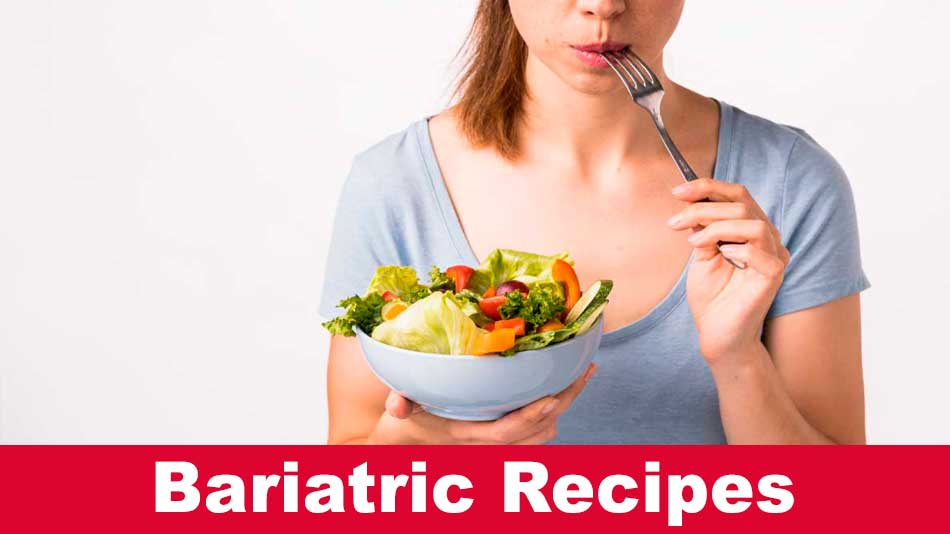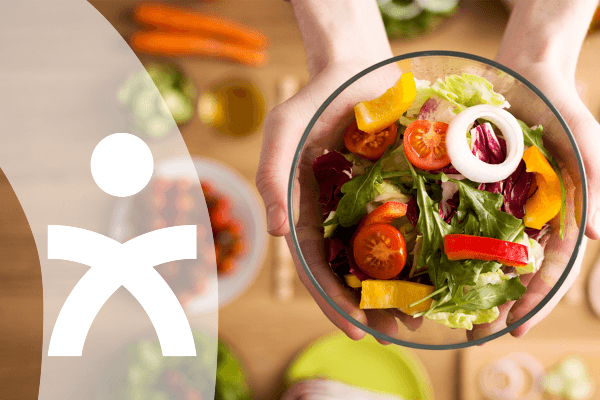Bariatric Recipes
Have you ever wondered what your diet would be like after bariatric surgery? If you are reading this, you are probably looking for a clear and simple answer to guide you through this journey to a healthier lifestyle. Here, you will not only discover delicious and appropriate recipes for each postoperative stage, but you will also learn how to incorporate them into your day-to-day life in an easy and safe way. Join me on this culinary journey where each step is a step towards your wellbeing.

What are Bariatric Recipes?
Bariatric recipes are more than just dishes; they are the foundation of proper nutrition after weight loss surgery. Created to meet specific nutritional needs and ensure optimal recovery, these recipes are carefully designed to accommodate the various stages of the post-operative diet.
What is the Post-Bariatric Surgery Diet?
Before diving into the recipes, it is crucial to understand how to eat after bariatric surgery. This surgery changes the shape of your stomach or how you absorb food, which means your diet must be adjusted to avoid complications and ensure you get the nutrients you need.
Phases of Bariatric Diet
Post-surgery feeding is divided into several phases, starting with clear liquids and gradually progressing to solid foods. It is a process that teaches you to listen to your body and nourish it properly.
Phase 1: Clear liquids
Phase 2: Thick liquids
Phase 3: Pureed foods
Phase 4: Soft foods
Phase 5: Adaptation to new normality
Stage 1: Clear Liquids
The Essentials
After bariatric surgery, your stomach needs to rest and recover. In this first stage, your diet will consist exclusively of clear liquids. This means you can consume
- Water
- Clear broths (no chunks of food)
- Sugar-free electrolyte drinks
- Caffeine-free tea
Featured Recipes
Comforting Clear Broth: A filtered bone or vegetable broth can be comforting and full of essential nutrients.
Refreshing Herbal Infusion: Prepare an herbal tea with peppermint or chamomile, which are gentle on the stomach and aid relaxation.
Stage 2: Thick Liquids
The Essentials
As your stomach begins to adjust, you can introduce thicker liquids. This includes:
- Fruit purees (without seeds or skins).
- Strained cream soups
- Protein shakes
- Sugar-free liquid yogurt
Featured Recipes
Protein Berry Smoothie: Combine protein powder with berries, water or almond milk for a delicious energy boost.
Creamy Pumpkin Soup: A smooth, strained pumpkin soup can be nutritious and easy to digest.
Stage 3: Pureed Foods
The Essentials
When you’re ready to try solid foods, you’ll start with purees. Make sure everything you eat at this stage has the consistency of a smooth puree, such as:
- Mashed potatoes
- Cooked mashed vegetables
- Mashed soft fruits
- Mashed very tender meats
Featured Recipes
Homemade Applesauce: A no-sugar-added applesauce is easy to prepare and a delicious way to include fruit in your diet.
Mashed Chicken with Vegetables: Cook chicken until very tender and mix with cooked vegetables for a protein-rich, easy-to-eat dish.
Stage 4: Soft Foods
The Essentials
Your stomach is more adapted now. At this stage, you can eat soft foods that are easy to chew and swallow, such as:
- Scrambled eggs
- Cottage cheese
- Cooked fish
- Cooked vegetables
Featured Recipes
Soft Scrambled Eggs: Eggs are an excellent source of protein and can be prepared in a way that makes them soft and easy to digest.
Steamed Fish with Vegetables: Steamed fish with vegetables is a complete, nutritious and mild meal.
Stage 5: Adjusting to the New Normal
The Essentials
This is the final stage, where you will gradually reintroduce firmer foods and return to a more “normal” diet, always paying attention to how your body reacts. You should focus on:
- Protein-rich foods
- Fresh fruits and vegetables
- Whole grains (in small amounts)
Featured Recipes
Grilled Chicken with Salad: A grilled chicken breast accompanied by a fresh salad is a light and nutritious meal.
Baked Salmon with Broccoli: Salmon, rich in omega-3s, along with steamed broccoli, offers a dish full of essential nutrients for your recovery.
Appetizers, Side Dishes and Snacks.
Once you progress through your post-surgery diet, healthy appetizers and snacks become essential. They help you maintain your energy and make sure you are getting the nutrients you need. Here are some easy and nutritious ideas.
Healthy Snack Ideas
- Veggie sticks with hummus: A rich source of protein and fiber.
- Greek yogurt with fruit: Perfect for a dose of probiotics and vitamins.
Friendly Dessert Recipes
Yes, you can enjoy desserts even after bariatric surgery. The key is to choose ingredients that align with your nutritional needs. Here are some recipes that will sweeten your days in a healthy way.
Chia Pudding with Almond Milk
An option rich in omega-3, fiber and protein. Plus, it’s delicious and very easy to prepare.
Planning Your Post-Surgery Meals
Planning your meals is essential to ensure that you consume the nutrients you need. Here are some tips to organize your meals and make sure you are eating what your body needs.
Tips for Effective Planning
- Organize your meals on a weekly basis: This helps you maintain nutritional balance and avoid the temptation of non-recommended foods.
- Listen to your body: Learn to recognize hunger and satiety cues to avoid over- or under-eating.
Planning diets and following them correctly is vital to achieve the objectives of a bariatric surgery, Bariatrics MX accompanies and advises you to select a Low-Cost Weight Loss Surgery that meets all the requirements to achieve your goals and help you with the right diet after your surgery.









